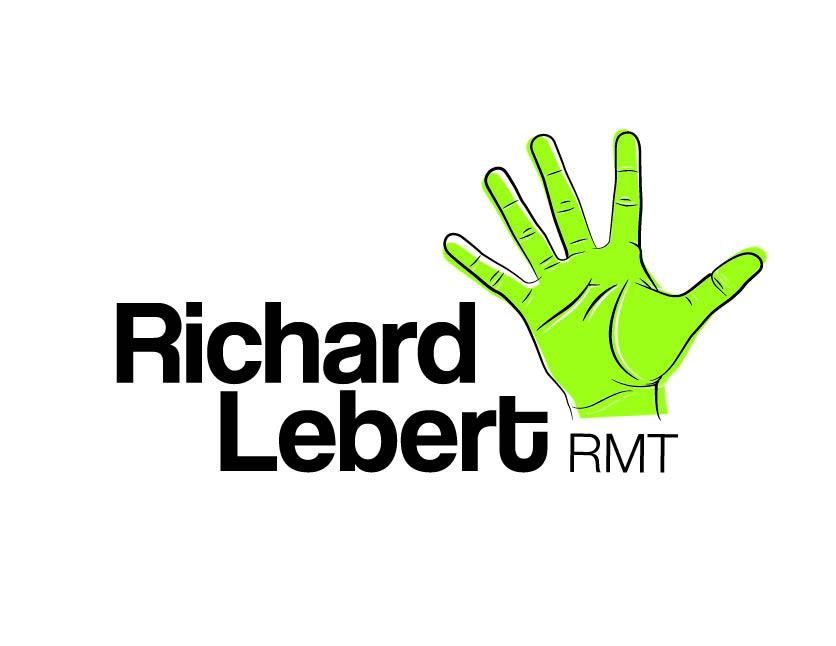Movement for Movement: Physical activity and exercise for chronic pain
/I have written about chronic pain in posts in the past, for those that suffer from chronic pain it may seem like nothing really does much to take the edge off. In the past one the primary management strategies was a pharmacological approach, but over time some of these treatments evolve into a health care crisis of their own. The Center for Disease Control expressed the need to move beyond a pharmacological approaches for symptom management and a called for the use of a number of non-pharmacological approaches.
Read More






